Fascia treatment in horses - why?
Fascia treatment in horses – why?
For a long time, fascia led a shadowy existence in science. However, modern imaging techniques have been able to demonstrate the importance of these network-like structures. Fascia therapy, initially limited to humans, has recently been increasingly used in veterinary medicine and equestrian sports. The knowledge gained can also contribute to maintaining health and increasing performance in horses.
Glued or hardened fascial tissue in horses is often the result of incorrect or protective posture, lack of exercise or overload or psychological stress. Sometimes the problems arise from incorrect feeding or the consequences of operations.
Myofascial massage can treat hardening/tension in the muscles, promote blood circulation and improve regeneration. This applies to humans as well as to horses. Special fascia tools (e.g. rollers, balls or vibrating rods) are used for this. For use on horses, these should be equipped with handles so that the practitioner can grip the tool well and build up the necessary pressure.
A big advantage is that anyone can use these tools. No previous medical knowledge is necessary and the application is quickly learned. In addition to warming up and loosening the horse's muscles before work, the fascia massage ensures relaxation and the muscles are optimally supplied with oxygen.
Existing tension or hardening can be released using pushing and rolling movements. The tissue is stimulated to exchange and replenish fluids, similar to a sponge. The goal is smooth movement and pain-free mobility.
If you hit a painful area, the horses usually signal very clearly that it is uncomfortable and the intensity should initially be reduced. As defense reactions decrease through regular processing, the pressure can then slowly be increased again. ( Application videos )
What are fascia anyway?
Fascia is fibrous connective tissue that runs through the body like a network in all directions. This connective tissue surrounds and penetrates every muscle, bone, nerve and organ. The fascia therefore has a significant influence on movement, posture, pain perception and muscles. Another special feature of the fascia is its enormous adaptability to recurring tensile loads. With greater stress, the connective tissue becomes increasingly firm.
Fascia essentially consists of collagen and elastin fibers and is embedded in a substance made of water and sugar-protein compounds. The fascial network is directly connected to the autonomic nervous system, so it transmits information and is even involved in metabolic processes.
Fascia
- give the body its structure and hold it together
- stabilize joints
- are force transmitters and are involved in every movement
- store water and fat
- have a metabolic function
- are pain and information conductors.
Typical areas of application for fascia rollers for horses:
- muscular tension
- Movement restrictions
- Sensation of pain
- Lymphatic congestion
- Reduced blood flow to the tissue
- shallow breathing
- lack of elasticity
- poor musculature
- weak back muscles
- recurring blockages
- Training after an injury break
- lack of detachment
- little active hindquarters
- Lack of space in the forehand
- Timing imperfections
- Saddle problems
- Problems with position or longitudinal bending
- Problems with hoofing
Source of supply of fascia tools for horses: www.innohorse.de

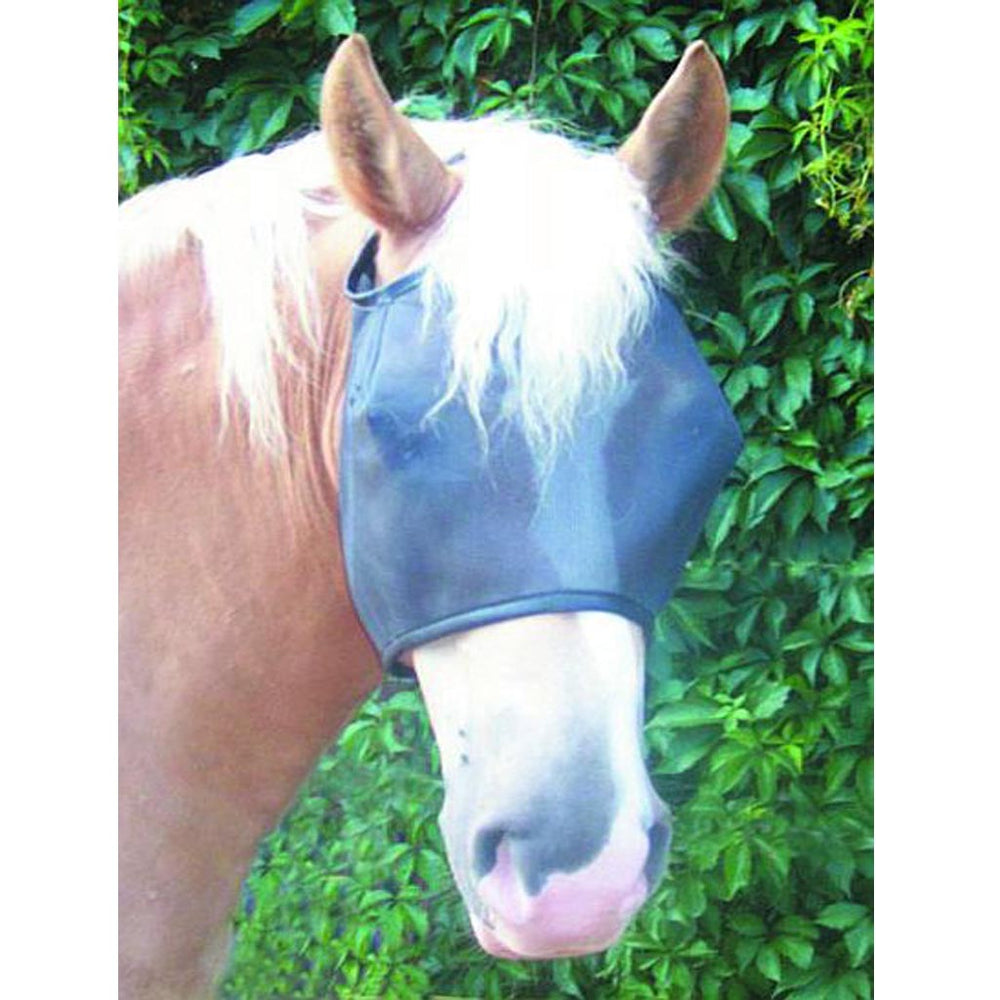
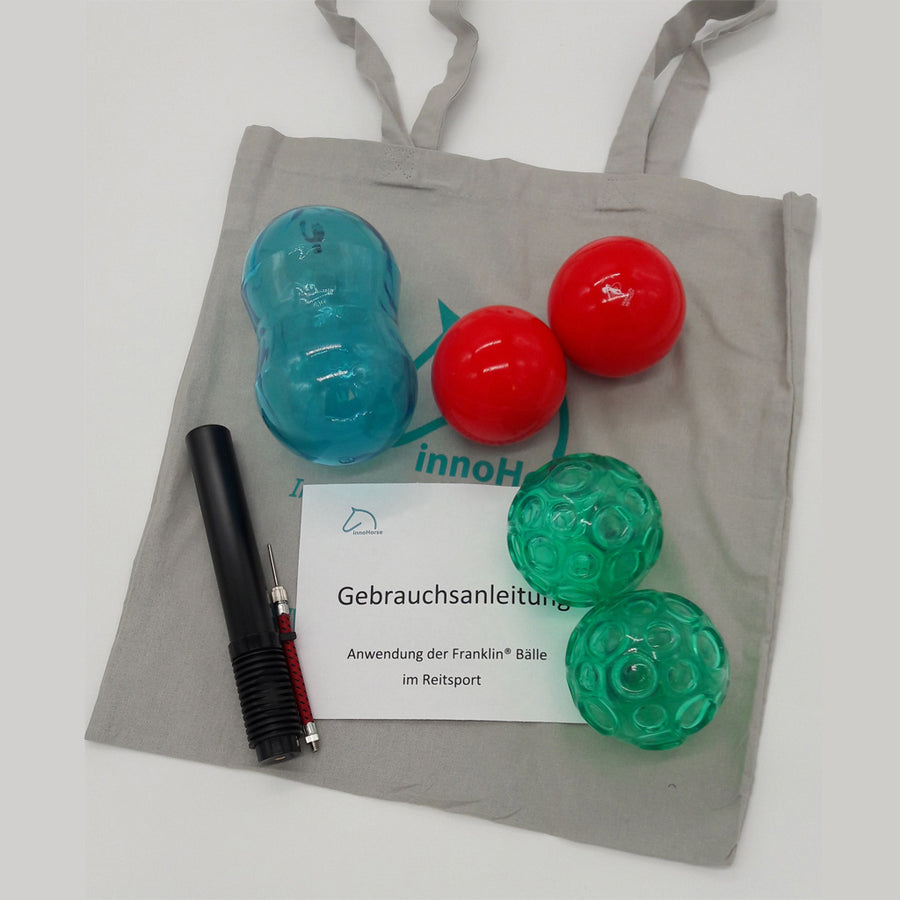
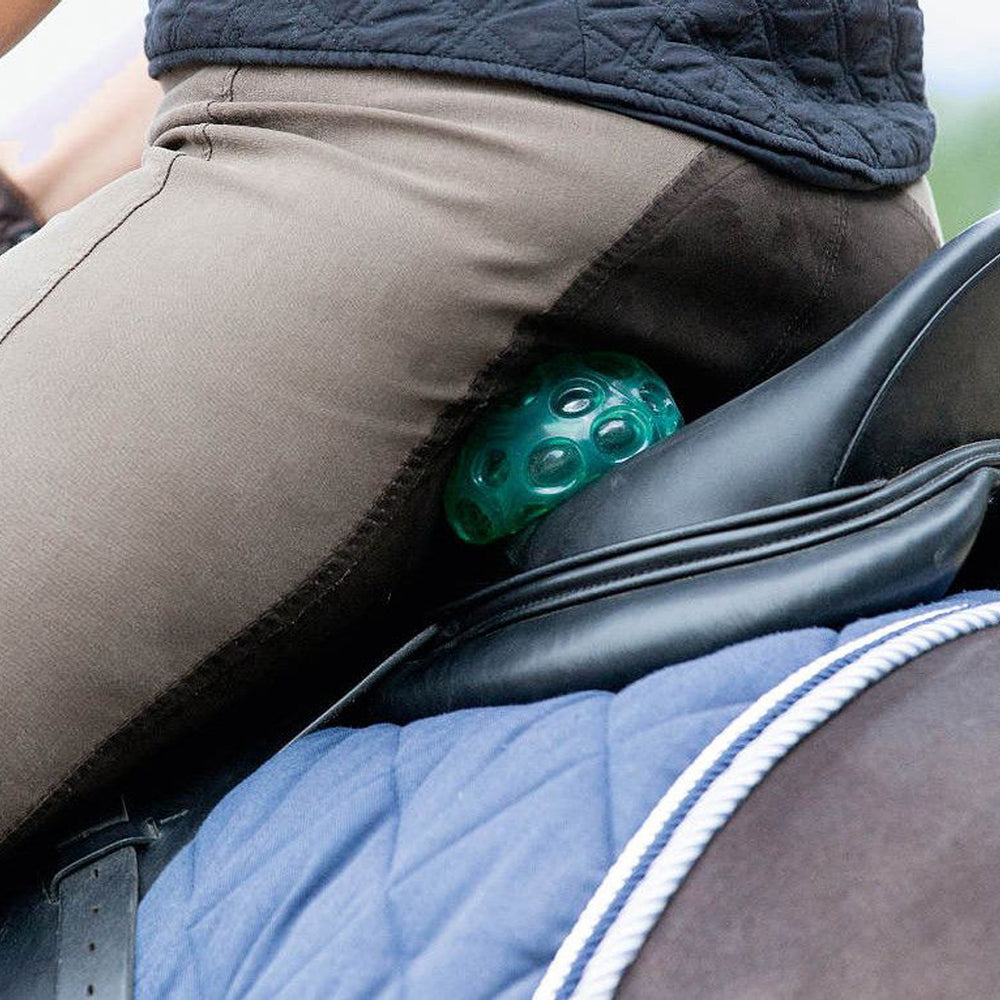
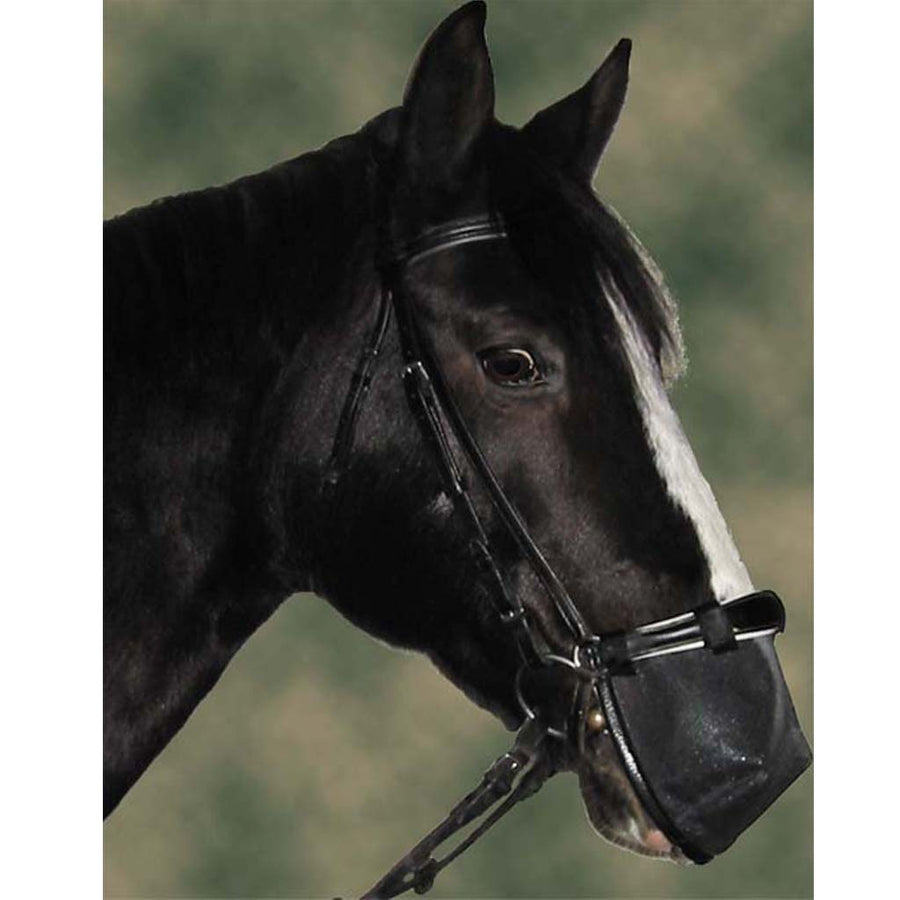

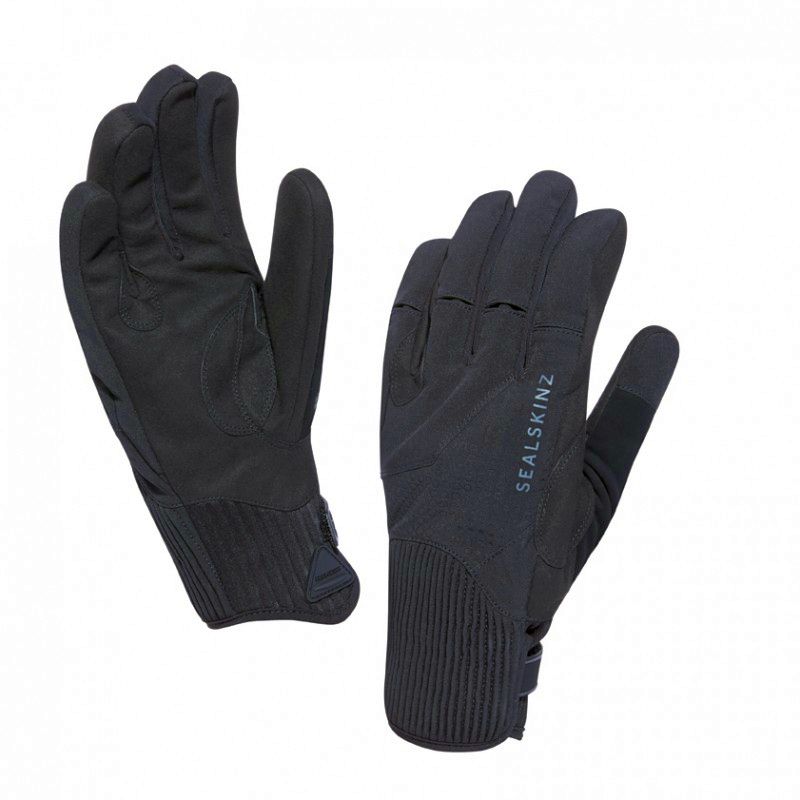



Write a comment